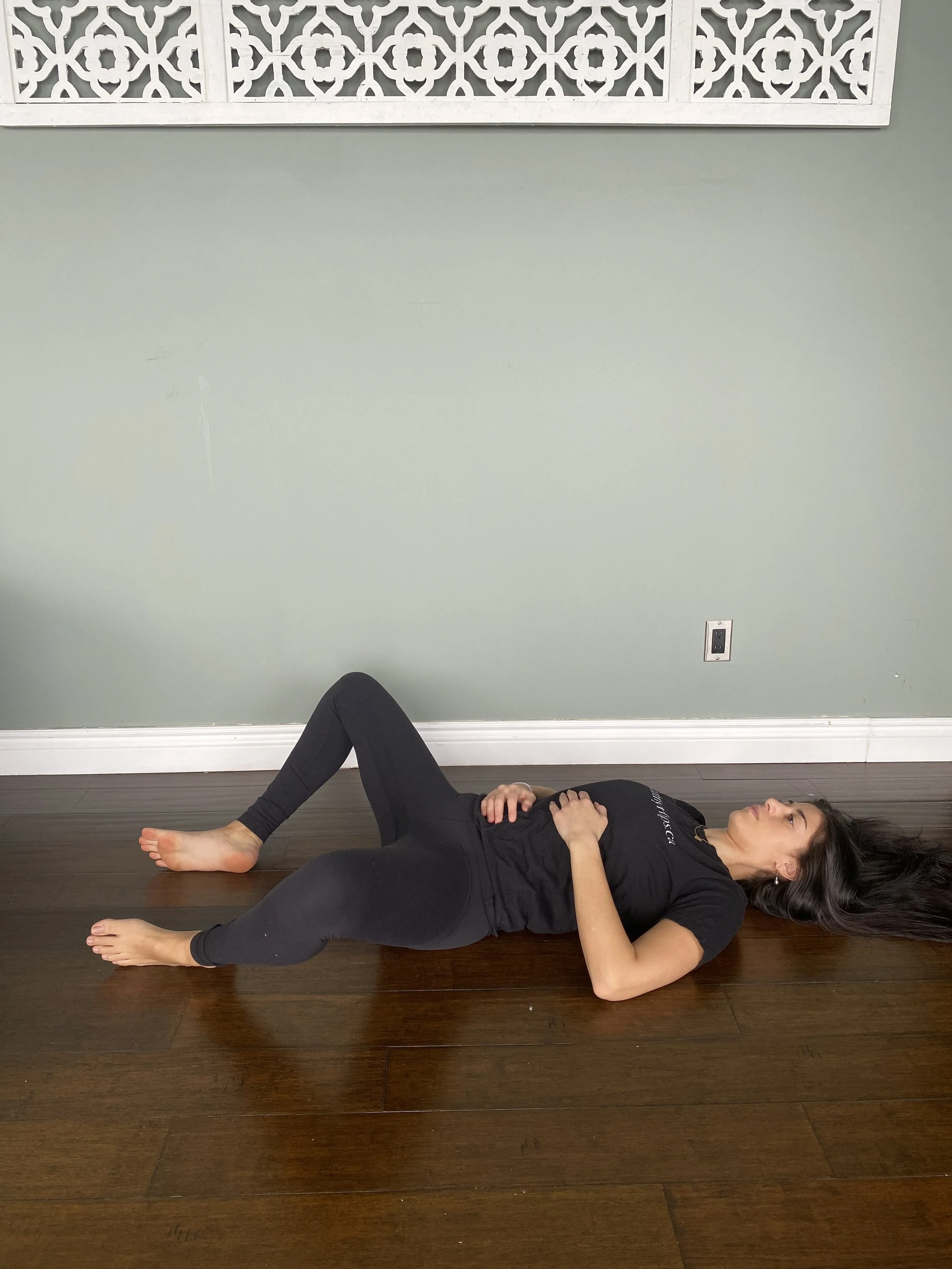
HealthyHips Blog
How to use an inflatable ball as on-the-go lumbar support
Read all about why you should be using an inflatable ball as on-the-go lumbar support!
Muscle Strains vs Ligament Sprains
Have you ever wondered what the difference is between a strain and a sprain? Read this blog post to find out!
What is the Somatosensory System?
Learn about the neuroscience of sensation in this blog post!
The Somatosensory System is the part of the nervous system that is responsible for perceiving somatic sensations.
Busting Myths About Myofascial Release!
MFR isn’t “loosening” your fascia.
Fascia is inherently tensile & has elastic recoil capacity. Fascia isn’t really meant to be “loose” — because it’s what holds us together and keeps us upright!
Is it Sciatica? Or is it a Trigger Point in your GLUTES?!
Did you know that sciatica is actually a symptom, not a condition itself? It’s a symptom associated with a few different conditions that can occur in the body. Sciatica is typically characterized by sharp or shooting pain, weakness, numbness, or tingling along the pathway of the sciatic nerve.
A Contract-Relax Exercise for Neck Pain
Read here to learn about a simple contract-relax exercise that relieves neck/shoulder pain! Contract-relax exercises involve a conscious contraction of a specific muscle or muscle group, followed by a slow and controlled release.
3 Simple Somatic Movement Exercises for Tight Hips
Read to learn 3 somatic movement exercises that help to release stiffness, tension and pain from the hips! Somatic movements are therapeutic, gentle, and effective.
What are Trigger Points?
Trigger points are defined as hyperirritable areas in a skeletal muscle and the surrounding fascia, characterized by a tender nodule (knot) or taut band of tissue that can produce referred pain.
My 3 favourite ways to use an inflatable ball
An inflatable therapy ball is an invaluable self-care tool with many therapeutic uses. The best thing about an inflatable therapy ball is that it’s very safe to use - giving you the freedom and ability to explore movement and releases in your own body with this tool without having too worry about too many contraindications. Read on to see my 3 favourite ways to use this amazing self-care tool!
Get to know your SPINE!
The Spinal Column, also called the Vertebral Column, runs from the base of the skull down to the pelvis. It is part of the Axial Skeleton, providing structure and support, and also has the vital function of housing and protecting the spinal cord which is the highway of communication between the brain and the body.









